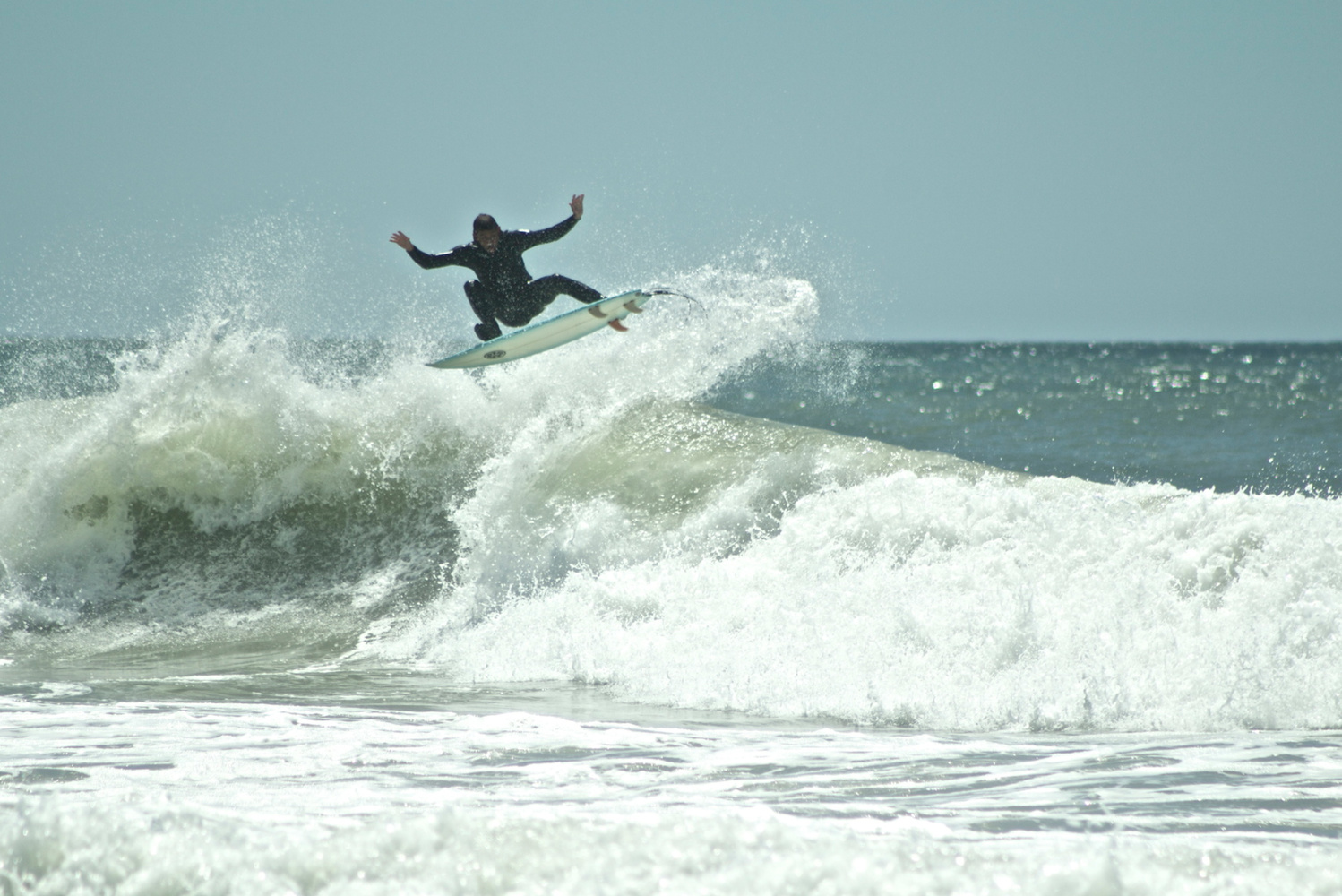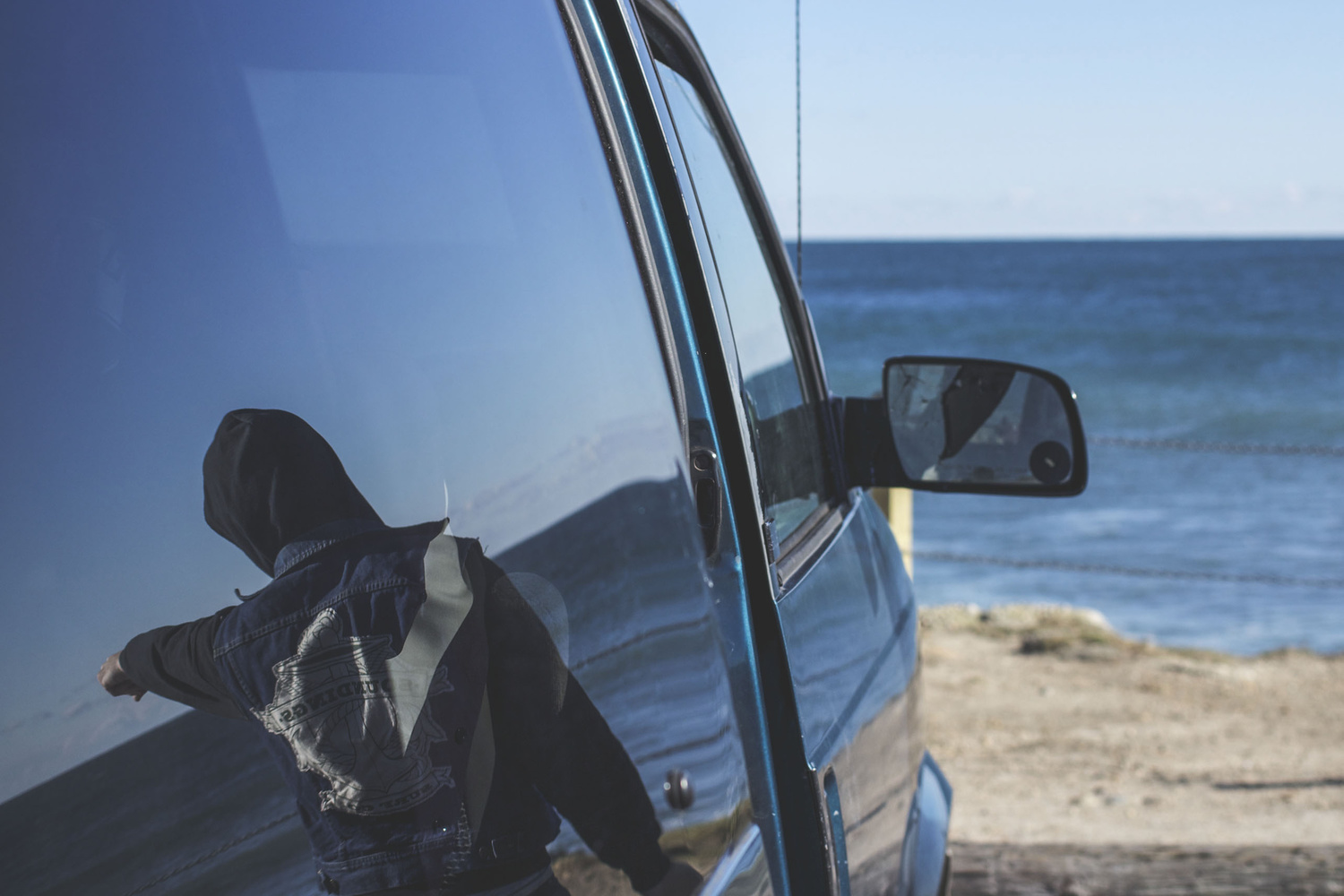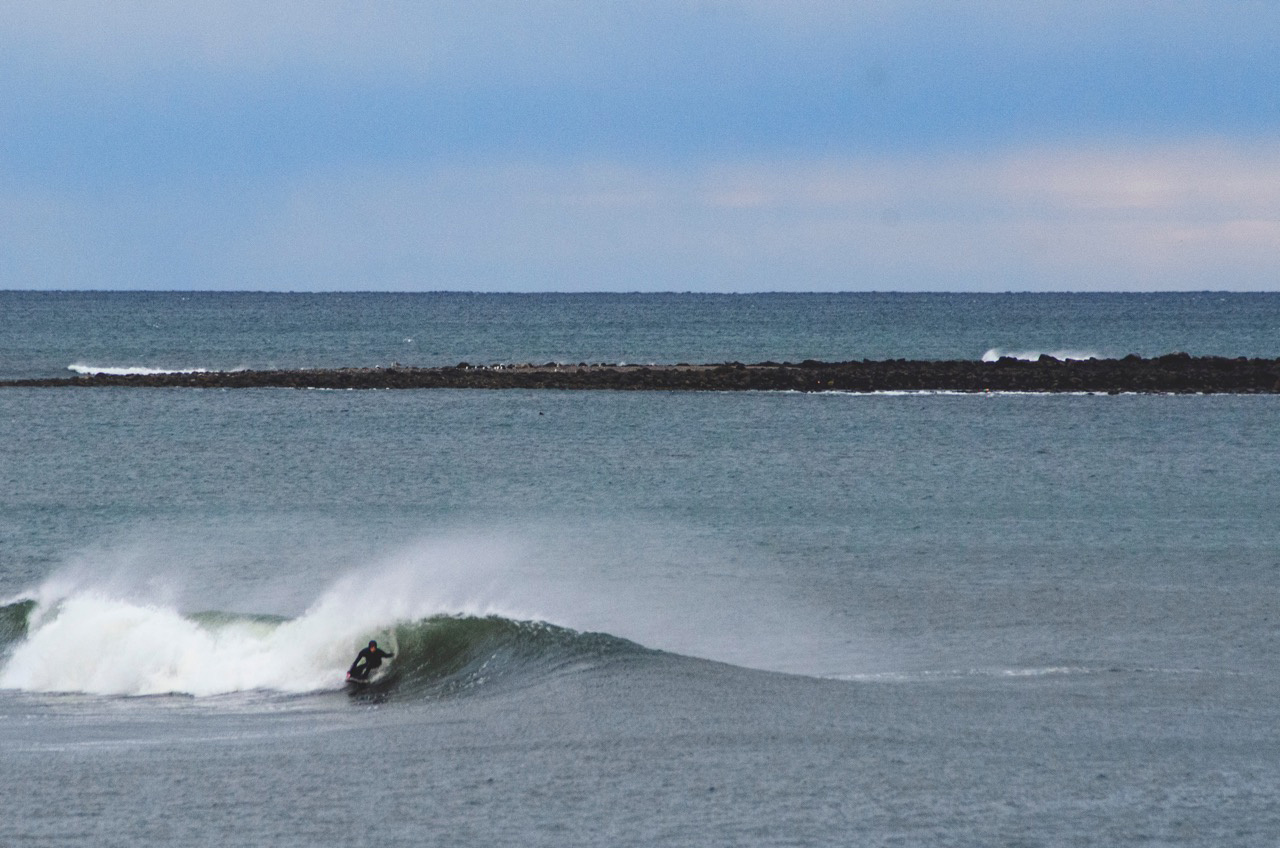Depending on where you are from, what you photograph will vary. For some, it’s beautiful towering mountain tops and crystal clear streams. For others, it’s glimmering cityscapes and the urban flow of a city. No matter what you love to shoot, we each have our own unique take on our favorite subjects. While the New England Surf scene isn’t quite the same as Hawaii or California, I owe my roots in photography to it. For me, the Atlantic served as a introduction to the joys of photography. While this may not be relevant if you are land locked, you never know where you may end up in your travels.

Equipment
As I’ve mentioned various times, I’m a firm believer in working with what you have, but there are some basics that will help you out when it comes to surf photography. Having a good telephoto lens is always nice. However, that is not to say you can’t get away with using a shorter lens, it really depends on where you are shooting. I have definitely shot beach breaks with 35mm, 50mm, and 85mm primes on crop frame sensors. Using shorter lenses can give you more of an atmospheric shot and can be great for capturing lifestyle images. If you looking to get a little extra zoom out for your lenses, shooting with a camera that has a crop frame sensor can help you achieve this. While I normally shoot with a D750, sometimes if I’m shooting a point break or looking to get a little closer to the action, I will use my D7000.
While long, fast telephotos are awesome, they will put a serious dent in your wallet. For a long time I got away with using a very basic canon 100-300mm F4/5.6. While is wasn’t the greatest lens ever made, it was affordable and with the help of post production, it got the job done. More often than not, I have found that because you are outside, low light isn’t to much of an issue and when it is, use the opportunity to experiment with speed blurs and shutter dragging. Another way to get into the action is to shoot from the water. Most good water housing cost as much as a camera but if you are serious about getting into surf photography then the investment could be worth your while. I have used some cheap alternatives before, which are basically glorified plastic bags. Although, you have to be careful for fins and rocks and I wouldn't take the chance on taking one into any serious surf as to strong of a wave would most likely flood your bag.

Weather
Part of what I love so much about surf photography is how directly related to weather it is. Surf conditions are affected by so many factors including swell direction, height, wind, and tide just to name a few. And all of that only determines if there will be surf, now you have to add someone who has enough skill to to ride them and lighting conditions to make for a good shot. If you are interested in surf photography, I highly recommend that you start paying attention to the weather. Get use to waking up early for dawn patrol, as glassy conditions are often found early in the morning along with the best lighting. Websites like Surfline and Magic Seaweed are good places to begin learning about different breaks near you and when they are good. You can also look at tide charts and begin to pay attention to what the tidal conditions are when the surf in looking good.
Study
Like anything else that you photograph, you have to have a knowledge of your subject to be able to create the best possible image. Just because you have a pretty girl to photograph, it doesn’t mean you will take a pretty photo. Surfing is similar in the way that you can have a great surfer, great waves and great lighting, but if you don’t time your shot correctly it will seriously take away from your image. Studying surf magazine and website are great ways to get a good understand of what a properly timed surf photo is. In my opinion, the best way to improve your work is to really get in tune with the ocean, what better way to do that then to surf or spend time in the water. Most of the time, the surfers that I photograph are my friends, after a session, I will go through the photos with them. Surfing and photography have always had close ties and most talented surfers know a thing or 2 about photography or at least what makes a good surf photo. Pick their brains, ask them what photos are their favorites and why.

Like anything you photograph, don’t expect to show up and instantly get things right. Surf photography is fun, you get to spend time outside in beautiful environments and hopefully hang out with friends. On the other hand, the conditions can be difficult, it is fast paced, you can miss shots or waves and the weather doesn’t always cooperate. Getting good shots takes time, lots of planning and self motivation. But if you are willing to put in the time, continuously learn about shooting, weather and how the ocean affects all of this, it can be a truly rewarding and eye opening experience.







Proofread, seriously.
Have to agree. Sick of reading badly proofed copy, not just on this site. It seems that in an effect to push loads of content out to the world, that news sites are foregoing the necessary proof-reading steps. A sad part of the world we seem to live in these days.
It might also be helpful to mention that sand and salt water spray will destroy your gear.
I'll add to this and state that you need to be vigilant in picking gear that has some sort of weather sealing to help and also be vigilant to clean everything after each use. Also, stuffing your bag with multitudes of desiccant packets can really help in preventing the moisture from the environment from building up in your bag/gear. These can be picked up at a shipping store that sells shipping supplies.
How old is this article, because you missed the final "most important" warning for successful click-bait headlines:
...and WATCH OUT FOR SHARKS!
https://youtu.be/anhRxIQutZ8
/s
All the information you provided is nice but too generic (I think I've complained in the comments before about posts being too generic to be much of any REAL help, so I'll try to help out here). If you tell someone about needing a housing, give them the names of the major players and not some lame story about your plastic bag. For any of you looking to get into the game look into CMT housings, Aquatech, SPL, Essex, Liquid Eye, Nauticam (more for dive) just to name a few. There are soo many out there it would be impossible not to find one to suit your specific need. There are also some bad dudes out there producing real crap and have terrible customer service. Do your forum reading and talk to the companies before choosing first.
Also, the most important thing about surf photography is swell angle to the angle of your light source (in most cases the sun). Nothing sucks more than a drab, colorless surf shot. You should pick a beach that not only matches the swell angle perpendicular/parallel to the direction of sunlight but also pumps when a nice swell hits. To do this accurately and get a shots with beautiful light you'll need to use a combination of Google Maps and a sun tracker that gives you the angle the sun will rise and set with each day so you can match it up with the right beach according to the swell angle. I use "Living in the Sun" for Android. You can actually stand on the beach you found and use augmented reality to see where the sun will be at exact times in the day and come back when the sun is just right to the swell angle. I've perfected this technique and have never been bummed by my choice of beach to shoot when the waves go off.